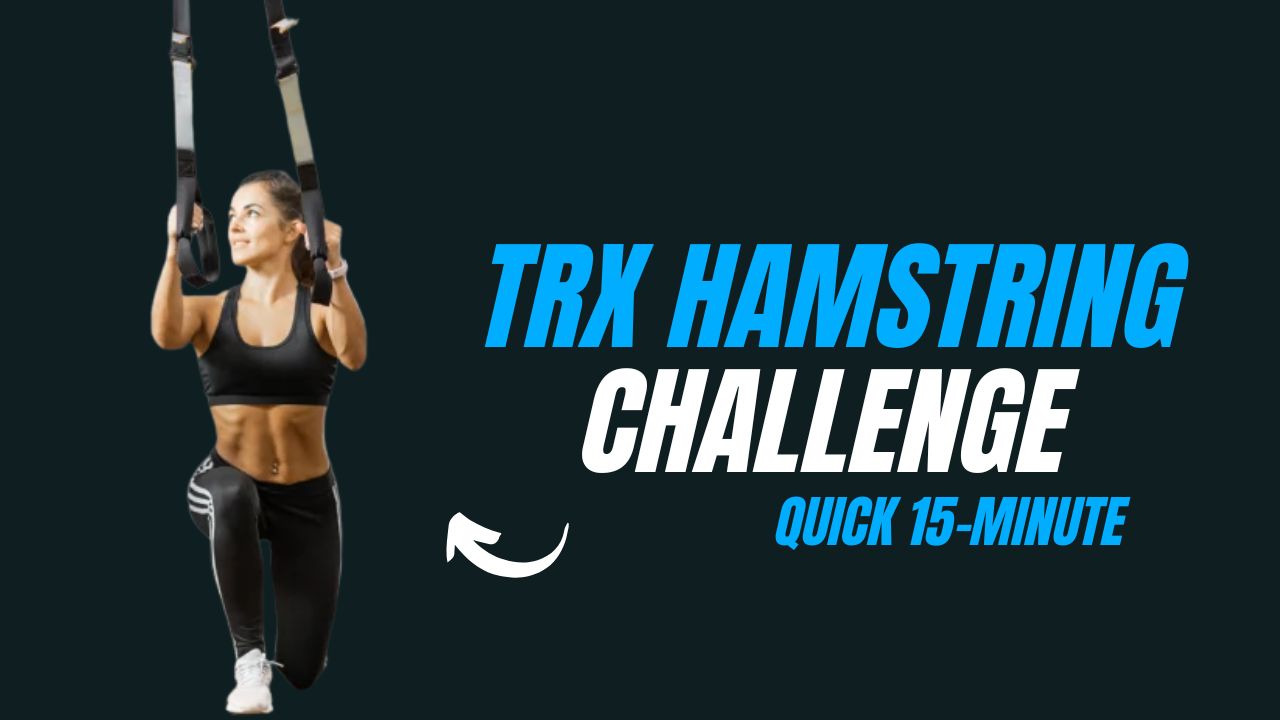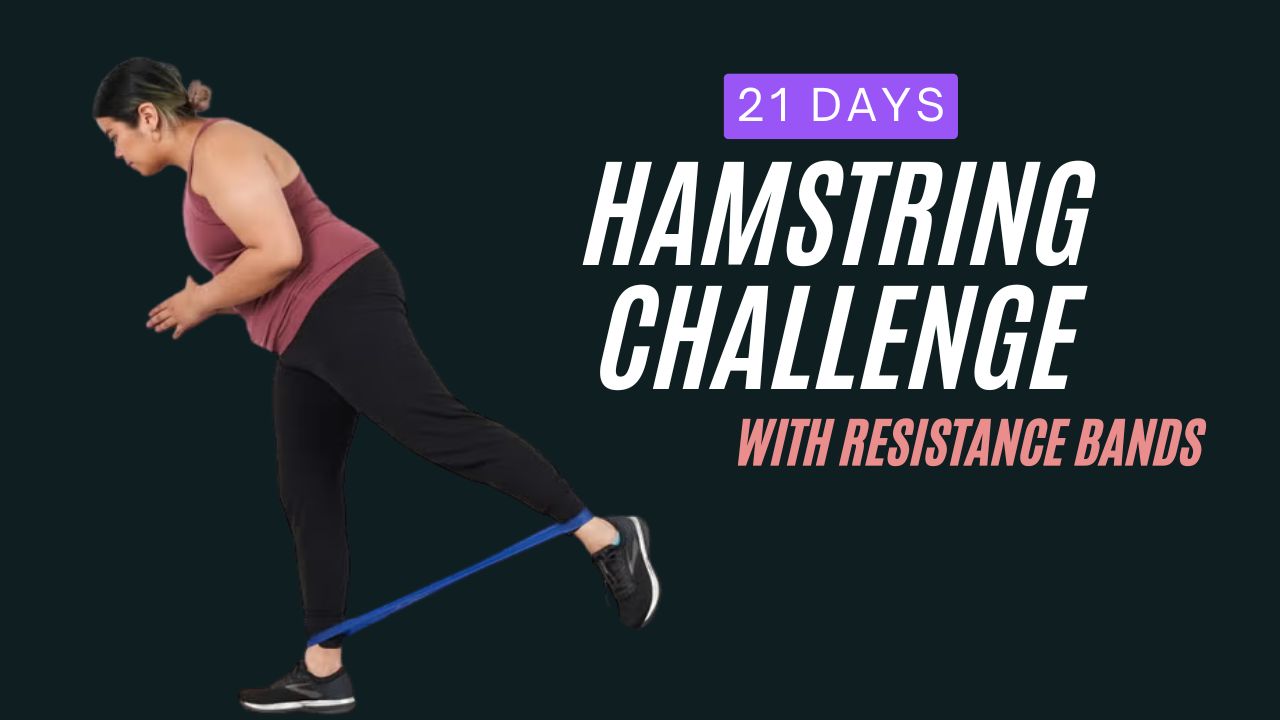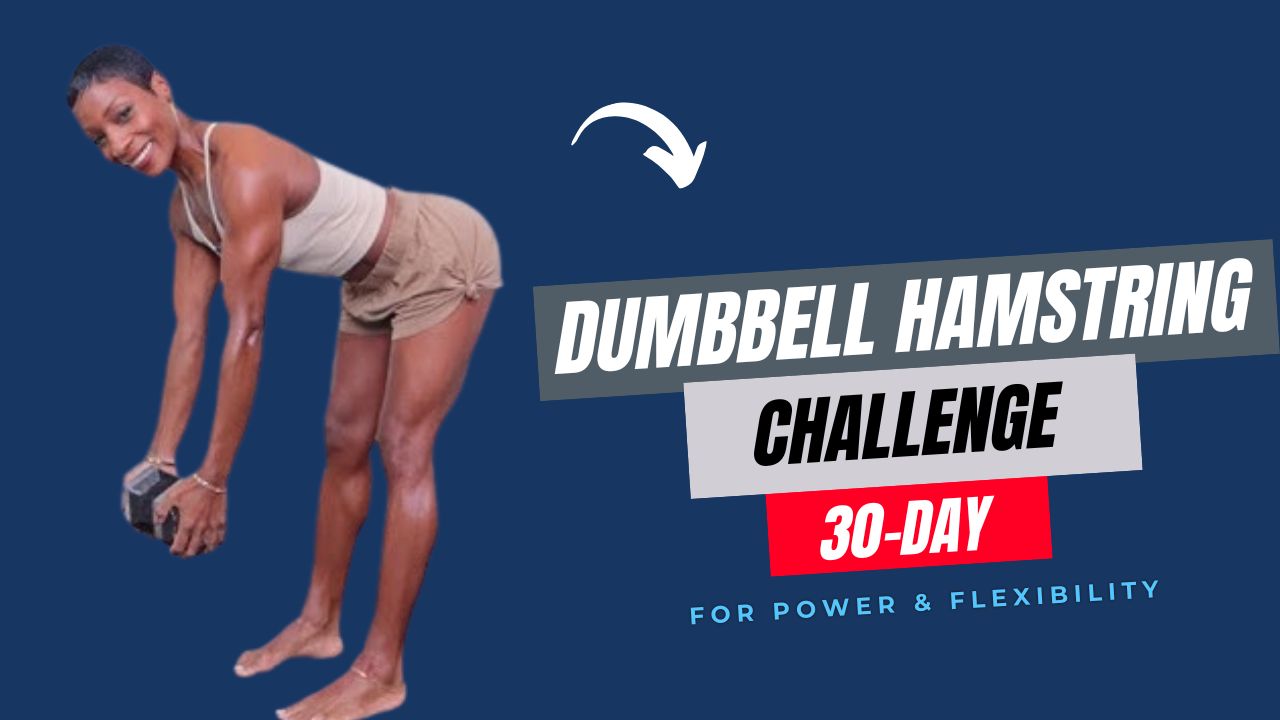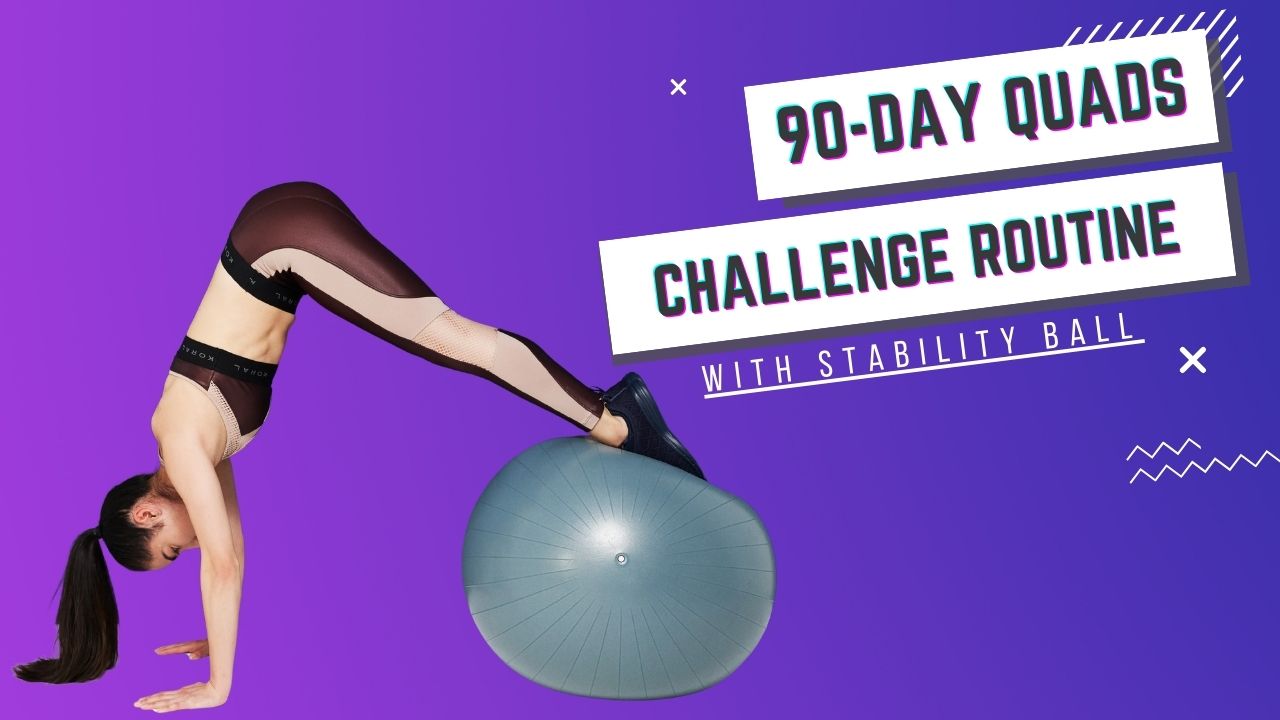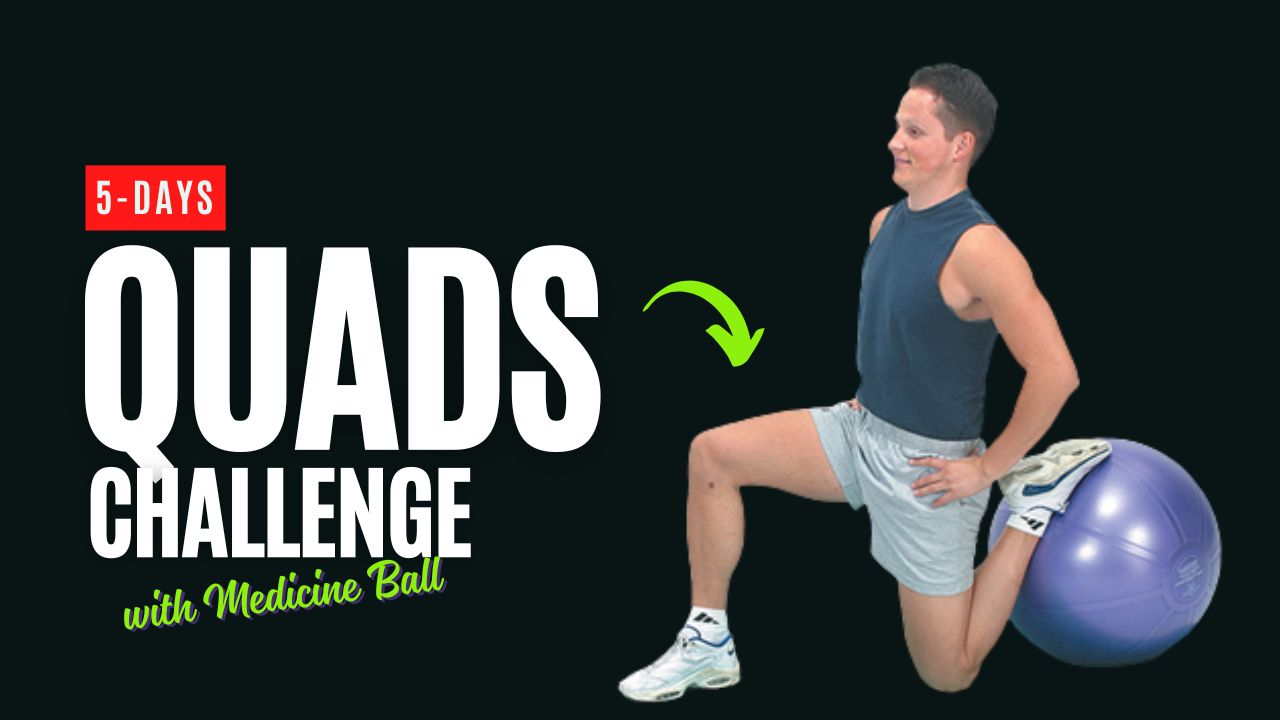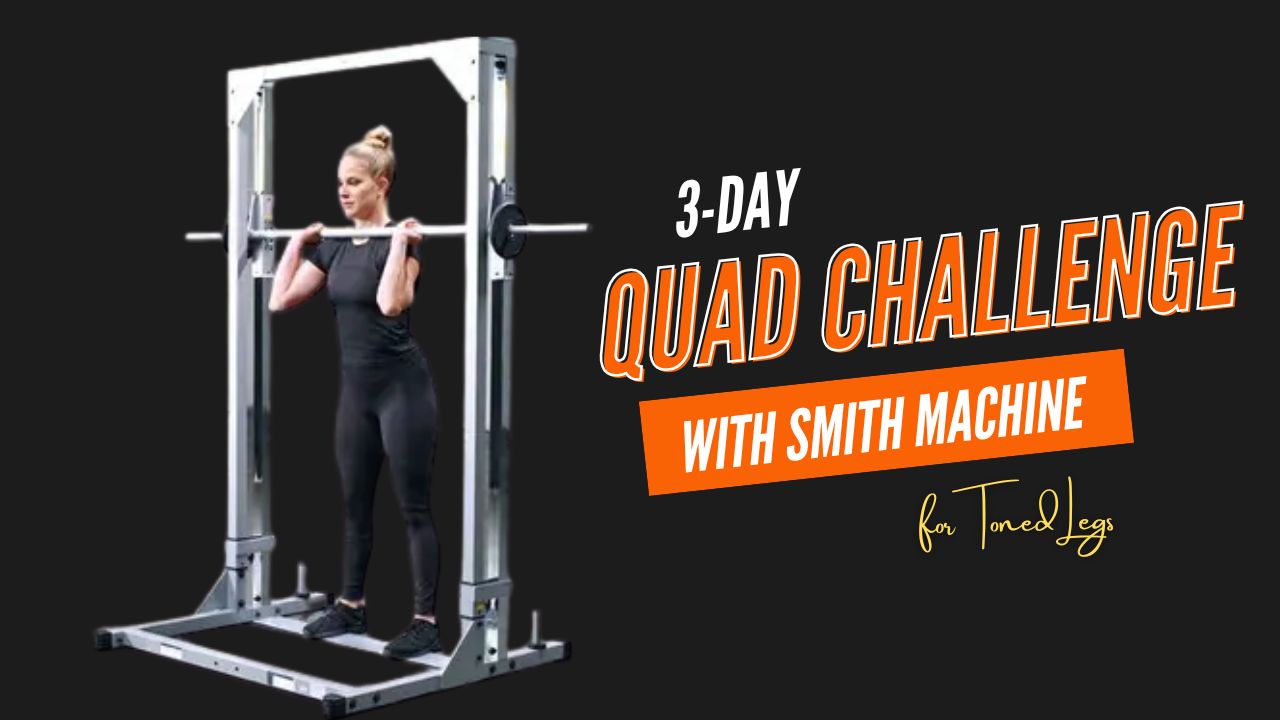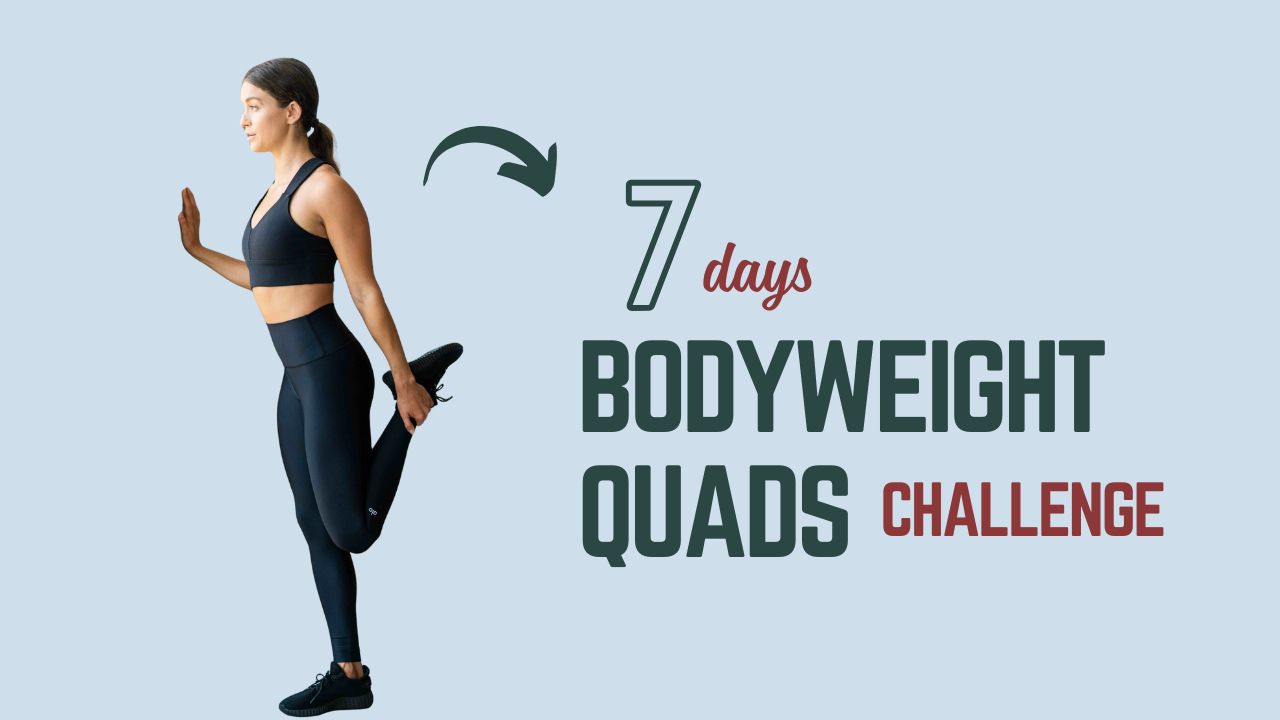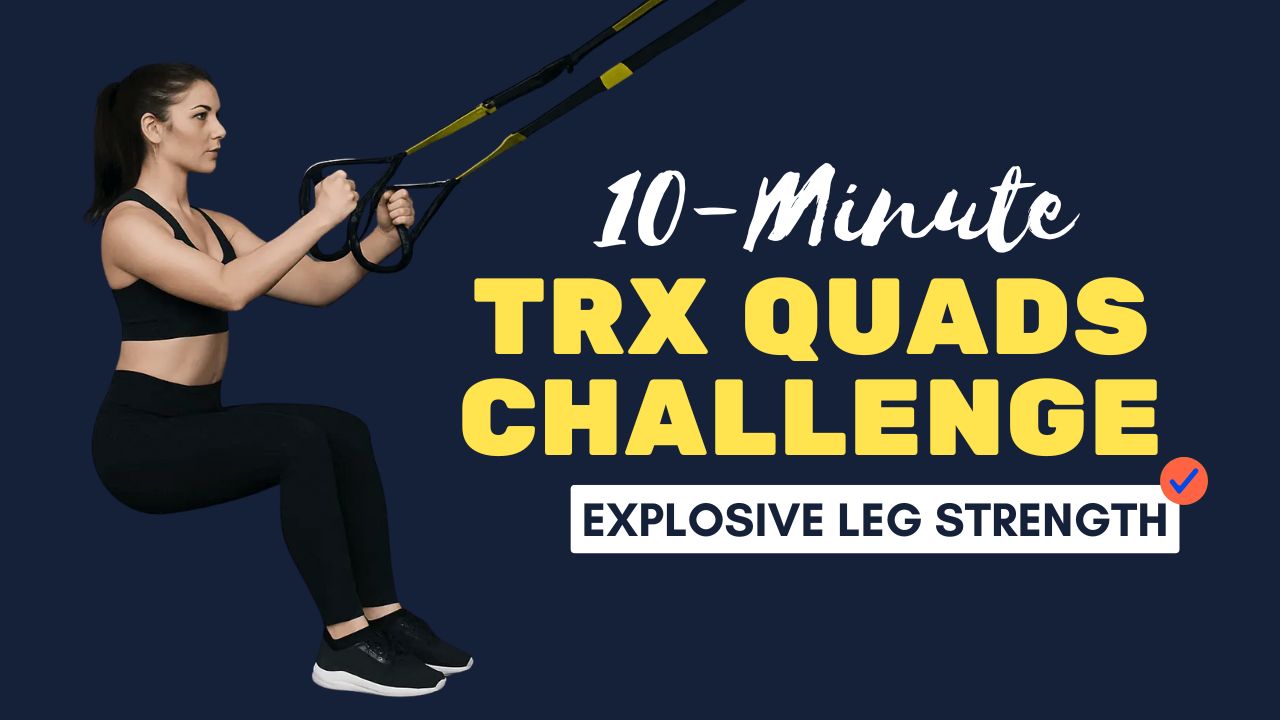Ever wondered why your hamstrings stay stubbornly tight or weak no matter how much you stretch? It’s not just about stretching — it’s about strengthening.
Resistance bands unlock powerful, joint-friendly moves to bulletproof your hamstrings, prevent injuries, and build explosive lower body power.
Here’s your ultimate guide to 9 big resistance band hamstring exercises you can do anywhere, no fancy equipment required!

Table of Contents
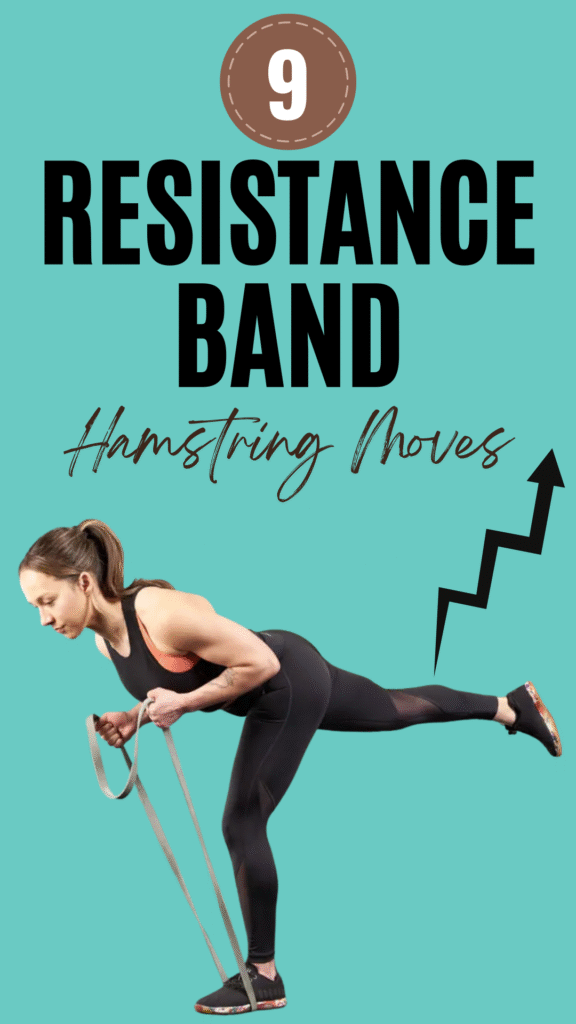
What Can Happen After 30 Days of These Hamstring Exercises?
| Positive Changes | Possible Challenges |
|---|---|
| Improved hamstring strength and stability | Initial muscle soreness, especially if new to training |
| Increased flexibility and reduced tightness | Frustration if progress feels slow |
| Better balance and hip control | Need to adjust band resistance as strength improves |
| Enhanced athletic performance (running, jumping) | Risk of overuse injuries if you skip rest days |
| Reduced risk of hamstring strains or pulls | Possible form breakdown if you rush through movements |
| Improved posture and reduced lower back strain | Difficulty maintaining consistency without a schedule |
| Greater confidence in lower body training | May need variety to stay motivated after initial month |
Do’s and Don’ts for Resistance Band Hamstring Moves
| Do’s | Don’ts |
|---|---|
| Warm up before starting | Jump into exercises cold |
| Keep your core engaged during each move | Overarch or round your lower back |
| Use slow, controlled movements | Rely on momentum or bounce through reps |
| Maintain neutral spine alignment | Lock your knees straight |
| Choose a band with appropriate resistance | Use a band that’s too light or too heavy |
| Breathe steadily — exhale on effort | Hold your breath during reps |
| Focus on proper hip hinge technique | Bend from your lower back instead of hips |
| Progress band resistance gradually | Increase resistance too quickly |
| Listen to your body and rest if needed | Train through sharp pain or discomfort |
9 Best Resistance Band Hamstring Moves
1. Banded Good Mornings
How to do it:
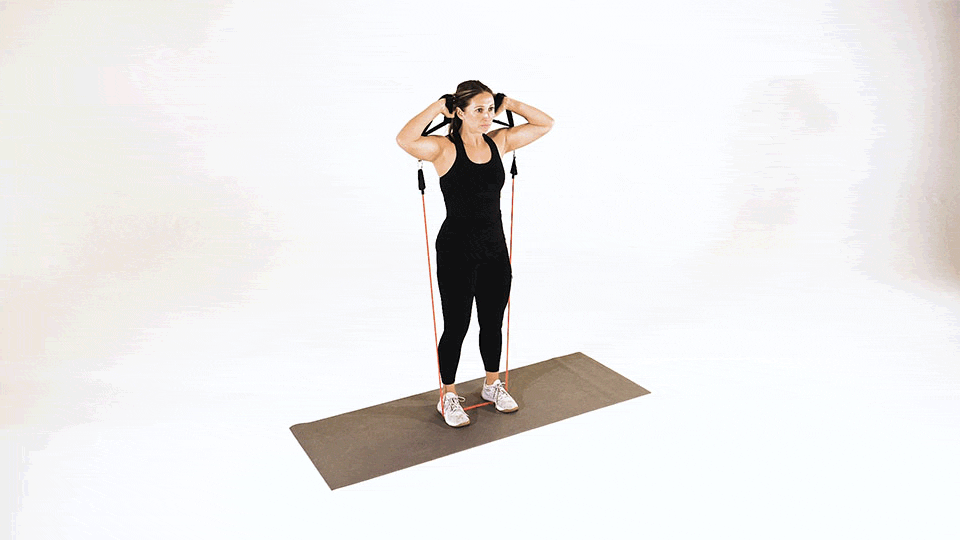
- Stand on the band with feet hip-width apart.
- Loop the band behind your neck, resting it on your shoulders.
- Keep your back straight, knees soft, and push your hips back until your torso is nearly parallel to the floor.
- Drive your hips forward to stand back up.
Benefit: Teaches perfect hip hinge mechanics while strengthening hamstrings and glutes.
2. Standing Banded Leg Curls
How to do it:
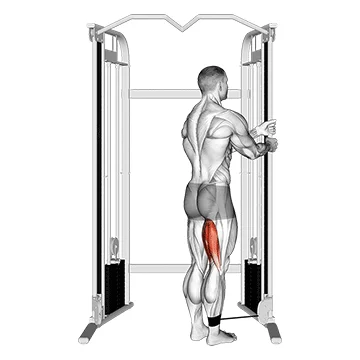
- Anchor one end of the band to a sturdy object behind you and loop the other end around your ankle.
- Stand tall and bend your knee, pulling your heel toward your glutes.
- Pause, then slowly lower.
Myth Buster: “Leg curls only work the lower hamstrings.” False! Standing banded curls activate both upper and lower hamstring fibers.
3. Banded Single-Leg Romanian Deadlift
How to do it:
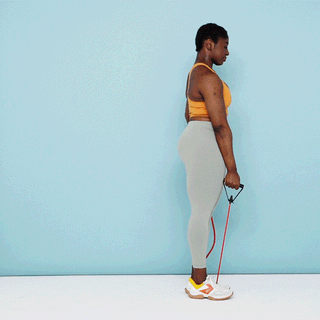
- Step on the band with one foot; hold the other end with the opposite hand.
- Hinge at your hips, lowering your torso while extending the free leg behind.
- Return to standing with control.
Benefit: Builds unilateral strength, balance, and isolates each hamstring.
4. Banded Glute Bridge with Hamstring Focus
How to do it:
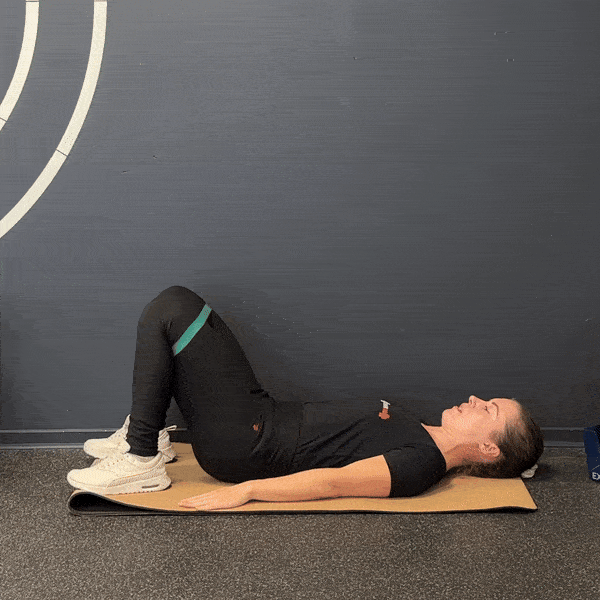
- Loop the band around your thighs, lie on your back with feet flat.
- Slide your feet a bit further away than a standard bridge (this increases hamstring activation).
- Lift hips by pressing through heels, squeeze glutes and hamstrings, then lower.
Did You Know? Sliding feet further during bridges shifts the emphasis from glutes to hamstrings — making this tweak a game changer!
5. Banded Nordic Curl (Assisted)
How to do it:
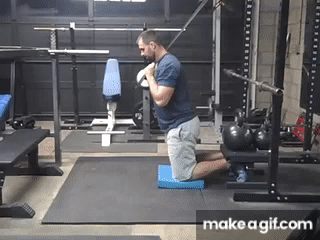
- Anchor the band in front of you and loop it around your chest for support.
- Kneel with feet secured, lean forward from the knees while keeping your hips extended, resisting the fall as far as possible.
- Pull yourself back up with your hamstrings.
Pro tip: This is the king of hamstring eccentric strengtheners — use the band to control the difficulty.
6. Banded Seated Leg Curl
How to do it:
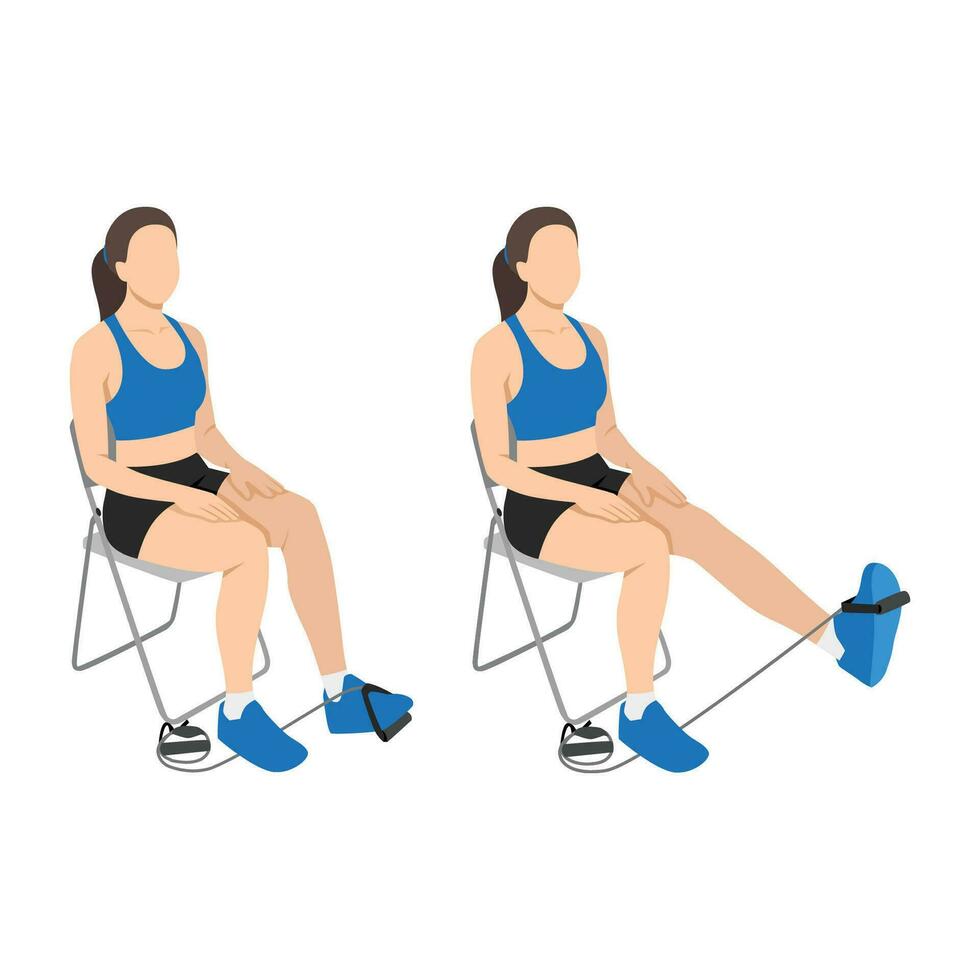
- Sit with legs extended, loop band around your feet and anchor it in front of you.
- Bend knees, pulling heels toward you while keeping your upper body upright.
- Slowly release.
Benefit: Perfect for isolating hamstrings without stressing the lower back.
7. Banded Hip Thrust with Hamstring Slide
How to do it:
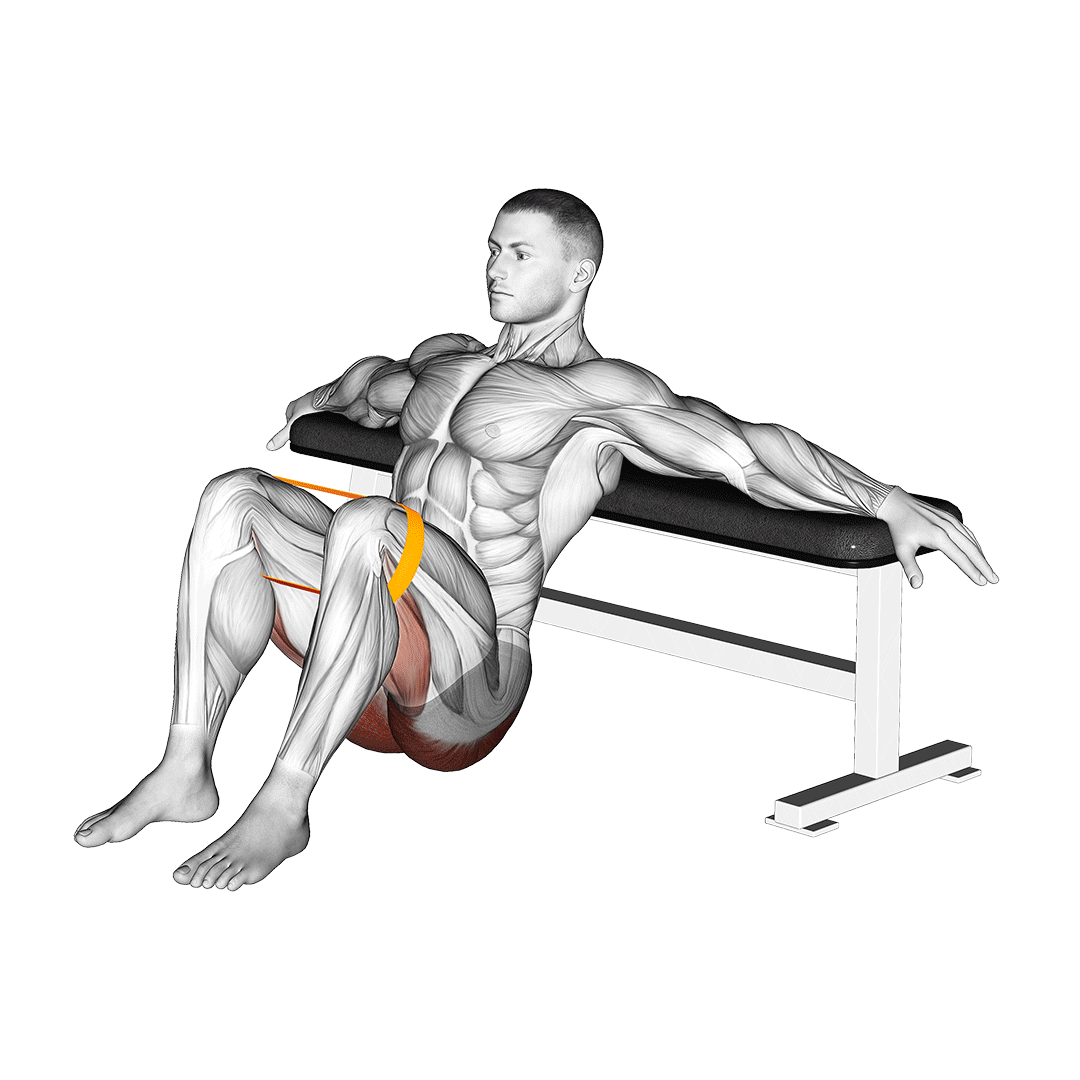
- Sit with upper back on a bench, loop band over hips and feet on sliders or towels.
- Lift hips, then slide feet out slowly, feeling a deep hamstring stretch.
- Pull feet back under knees to return.
Interesting Fact: Hamstrings work hardest during the eccentric (lengthening) phase — this move capitalizes on that for faster strength gains.
8. Banded Lying Hamstring Curl
How to do it:
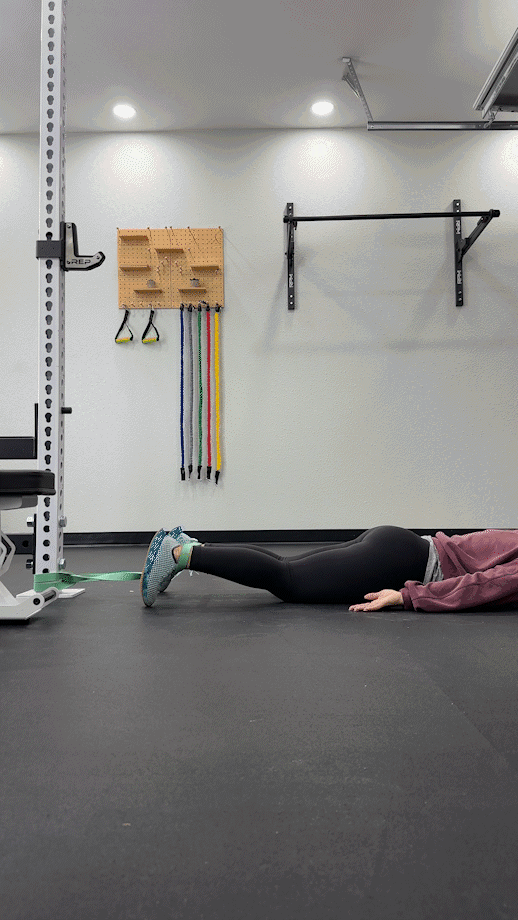
- Lie face down, anchor the band in front, loop it around ankles.
- Curl heels toward glutes, keeping thighs on the ground.
- Lower with control.
Benefit: Great for safe, joint-friendly isolation work on the hamstrings.
9. Banded Stiff-Leg Deadlift
How to do it:
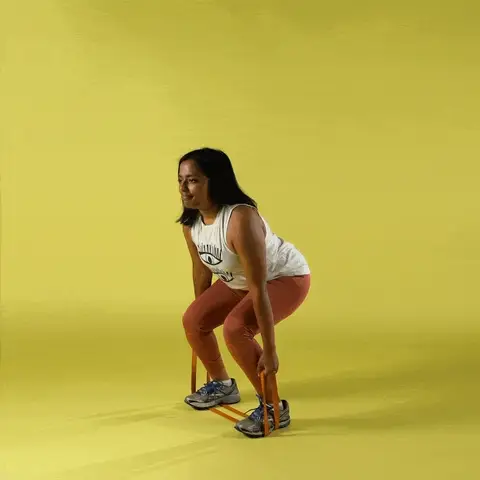
- Stand on the band with feet shoulder-width apart, hold the ends with straight arms.
- Hinge at hips, lowering hands towards feet while keeping knees almost straight.
- Return to standing.
Pro tip: Keep spine neutral to avoid lower back strain and maximize hamstring engagement.
Final Thoughts
Including these 9 resistance band moves in your routine will help you run faster, lift heavier, and stay injury-free.
Whether you’re training at home or the gym, bands let you challenge your hamstrings in ways machines or free weights can’t — with constant tension, adjustable difficulty, and greater joint safety.
Remember: Strong hamstrings don’t just look good — they’re key for knee health, better posture, and explosive athletic performance.
Frequently Asked Questions (FAQs)
Can I really build strong hamstrings with just resistance bands?
Absolutely! Resistance bands provide continuous tension throughout the movement, which challenges your hamstrings effectively. They’re excellent for both beginners and advanced lifters.
How many times a week should I train my hamstrings with these exercises?
2–3 times per week is ideal for most people to build strength and improve muscle balance, allowing at least one day of rest between sessions.
Do resistance band hamstring exercises help reduce tightness?
Yes! Strengthening your hamstrings with controlled resistance work improves flexibility and reduces chronic tightness over time — often more effectively than stretching alone.
Are these exercises safe for people with knee pain?
Generally, yes — resistance band exercises are low-impact and can actually help stabilize the knee by strengthening the hamstrings. But if you have significant knee issues or pain, consult a physical therapist or doctor before starting.
Should I warm up before doing these moves?
Definitely. A 5–10 minute dynamic warm-up (like leg swings, hip circles, or light banded glute bridges) increases blood flow and reduces injury risk.
How do I choose the right band resistance level?
Start with a light to medium resistance band that allows you to perform all reps with good form. Increase resistance gradually as you get stronger.
Can resistance band exercises replace free weights or machines for hamstring training?
They can be just as effective when done properly — especially for home workouts or injury rehab. But for maximum muscle mass, combining bands with weights over time can provide the best results.
